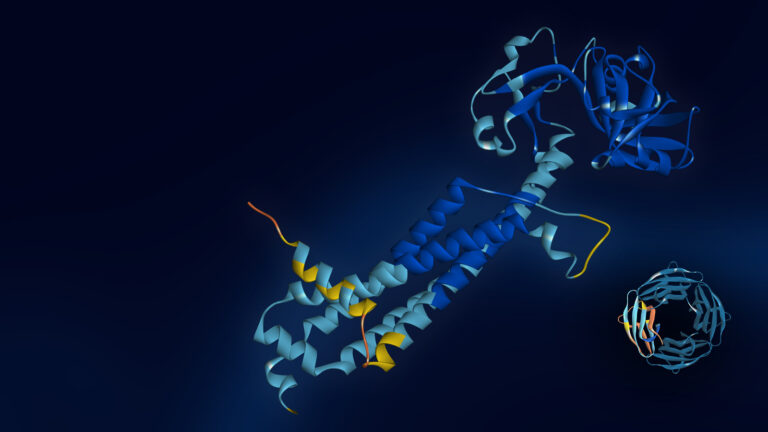Blog Credit: Trupti Thakur
Image Courtesy: Google
The AlphaFold
In the past few years, the creation of AlphaFold, a tool that has greatly sped up the process of understanding protein structures, has been a huge step forward in biological study. Molecular biology is used in medicine, agriculture, and many other areas, so this is very important.
The Protein-Folding Problem
Proteins are essential to all cellular processes. They are made up of amino acids that fold into complicated three-dimensional shapes that determine what they do. X-ray crystallography and nuclear magnetic resonance were once used, but they were expensive and took a long time to figure out. The protein-folding problem was created to try to figure out protein structures just by looking at the patterns of amino acids.
The Introduction of AlphaFold
Deep Mind (a subsidiary of Alphabet) made AlphaFold, which was a big step forward in fixing the protein-folding problem. Starting in 2016, its technology got better through events like the Critical Assessment of Structure Prediction (CASP). By 2020, when AlphaFold 2 came out, it was as accurate as it had ever been. People thought that adding this version would solve the protein-folding problem because it would change how protein shapes could be predicted from their sequences.
Expansion and Evolution: AlphaFold 3
Together with Isomorphic Labs, AlphaFold 3 was released in 2024, which was the next step in the growth of AlphaFold. Along with proteins, this version could now predict other substances like DNA, RNA, and small molecular ligands. The improvements made by AlphaFold 3 could have a bigger effect on many fields, such as medicine design, genomics, and the creation of biorenewable materials.
AlphaFold Database
DeepMind has promised to let the rest of the scientific world know about AlphaFold’s perks. The AlphaFold Protein Structure Database was created with help from EMBL’s European Bioinformatics Institute. It had its first release in 2021, which included more than 350,000 protein structures. By 2022, the database had grown to include more than 200 million structures. This important data is now available to scholars all over the world for free.
Blog By: Trupti Thakur

25
JunThe AlphaFold
Jun 25, 2024Recent Blog
The TechKritiApr 26, 2025
India’s First Quantum Computing VillageApr 24, 2025
India’s Achievement In QKDApr 22, 2025
The V2G TechnologyApr 21, 2025
Country’s Specific Domain By GoogleApr 19, 2025




